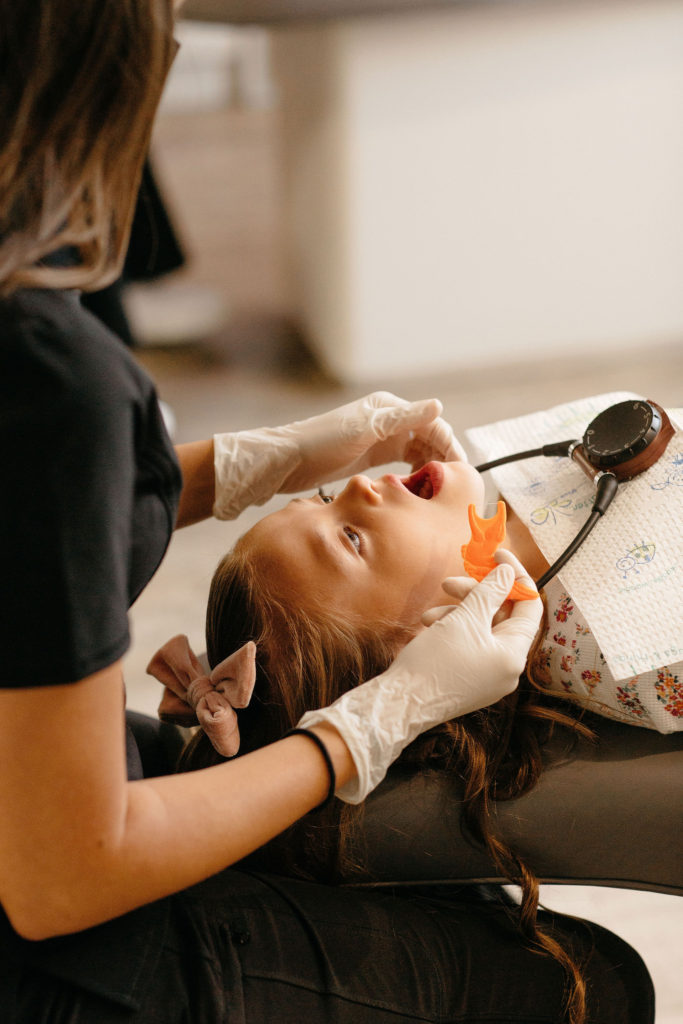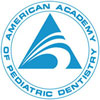Dental Sealants
Dental Sealants are a Great Preventative Dental Treatment
Are you interested in preventative dental care for your child? We are! That’s why we offer the important preventative pediatric dental service of dental sealants for kids at one of our four different Utah Pediatric Dentist locations.
There exists in the healthcare industry an enormous effort being applied to preventative care. Preventative care is an important part in the dental healthcare world and serves to help us lower the amount of reactive care required to properly address dental health needs in children. Help us, help you!
Why Should you do Dental Sealants?
All teeth have natural grooves and valleys on their enamel surfaces, these valleys and grooves on our molars (back teeth) serve to help us to chew up the foods we eat in order to swallow them. Unfortunately, those places on our teeth are also very attractive places for sugars, harmful bacteria, and acids to hide from our toothbrushes; particularly when our kids are the ones doing the brushing. Dental sealants are a common procedure we perform and are fully prevention focused. The sealant acts as a protective layer for the tooth to “seal-in” the tooth’s pits and grooves and “seal-out” the sugars, bacteria, and acids. The sealant can also be used as a coating for the teeth to cover any tooth fissures that may be present.
We apply the sealant to the tooth to cover these deep groves and valleys to help prevent tooth decay on the molars in these hard-to-reach places on teeth. According to the Center for Disease Control (the CDC), “nine out of 10 cavities in children occur on their back teeth. Once applied, sealants protect against 80% of cavities for 2 years and continue to protect against 50% of cavities for up to 4 years.”
We apply them to both primary teeth (baby teeth) and permanent teeth. Applying them to primary teeth may seem unnecessary upon first thought. But a parent should consider that caring for primary teeth, even though they will eventually be replaced by permanent teeth, is an important part of maintaining your child’s dental health. Consider that when one tooth is victim to a cavity, those bacteria can spread to the neighboring teeth. Also consider that prevention is an important part of ensuring your child has a positive attitude about dental care. The less frequently more invasive services are required for your child’s teeth, the more likely they are to feel positive about routine dental visits.
What is the Application Process of Dental Sealants?
The process of the application of the sealants is also pain-free and relatively fast. The tooth (or teeth) are prepared by first being thoroughly cleaned. Then we apply a gel to prepare the tooth to receive the sealant. The gel is necessary because it provides a roughened surface to ready the tooth for bonding to your otherwise slippery smooth tooth.
After roughing up the surface a bit, the gel is cleaned off and the tooth dried. The sealant is next brushed on the molar in its liquid form. Then the sealant is usually hardened by blue light activation. It quickly hardens so your child can be chewing foods again at their next snack or mealtime.
Harmful Misperceptions About Dental Sealants:
There exists the misperception that exposure to the liquid of dental sealants could be harmful. This is false. Dental sealants for kids are safe.
The ADA and the American Academy of Pediatric Dentistry (AADP) conducted a thorough review and published clinical guidelines based on that review. They definitively recommend the use of dental sealants for children’s teeth and state quite clearly, “there is no health concern relative to BPA exposure from any dental material.”
Another common misperception is that dental healthcare plans won’t cover sealants, so don’t bother thinking about it. That is also false! Many dental plans do cover dental sealants. Talk to us at your next visit about your interest in dental sealants and we will be happy to answer any questions you may have about them. We can discuss whether they are a good fit for protecting your child’s teeth and investigate your dental plan coverage. The federal government requires, through the Affordable Healthcare Act, that new health insurances offer dental plans for kids and typically some sort of coverage for sealants is included. We will help you find a way. Dental sealants are good protectors for your child’s teeth and therefore their overall dental health. The sooner dental sealants are applied, the better!
A Gentle Reminder from Our Pediatric Dentists:
Dental sealants are a great assist to protect your children’s teeth but are not a replacement for those necessary daily dental hygiene habits of brushing at least twice a day and flossing. Keep up with the morning and night routines of brushing and flossing and take some reassurance in knowing that dental sealants are assisting the toothbrush, toothpaste, and floss in their fight against cavities, and tooth decay!
Are Dental Sealants Backed Up by Research?
According to the American Dental Association (ADA), dental sealants are known risk reducers of tooth decay in molars by 80%! The CDC has also weighed in on the preventative service of dental sealants.
The CDC released a report in 2016 emphatically backing the importance of dental sealants for children stating that ” School-age children (ages 6-11) without sealants have almost 3 times more 1st molar cavities than those with sealants.”

What do Dental Sealants Look Like?
Don’t worry. The dental sealants will not be noticeable to anyone because the color of the sealant matches the color of the tooth or is clear. It is a plastic resin that is painted onto the molar’s enamel in the deep pits and grooves and then hardens to form an indistinguishable protective layer. Sealants can even be placed over areas of a tooth that already has some signs of decay to prevent the decay from maturing further. During routine dental visits, we will always check the sealants to ensure they are doing their job.

What’s the Difference Between Sealants vs Fillings?
Both sealants and fillings act as a protective shield for the tooth’s enamel. However, sealants are a preventative measure, whereas fillings occur when a tooth needs some restoration.
Dentists on Our Team
Years Combined Experience
In-house Sedations
Patients
Counties Served
Staff members
Don't Wait Any Longer!
Schedule Your Child's Appointment Today








